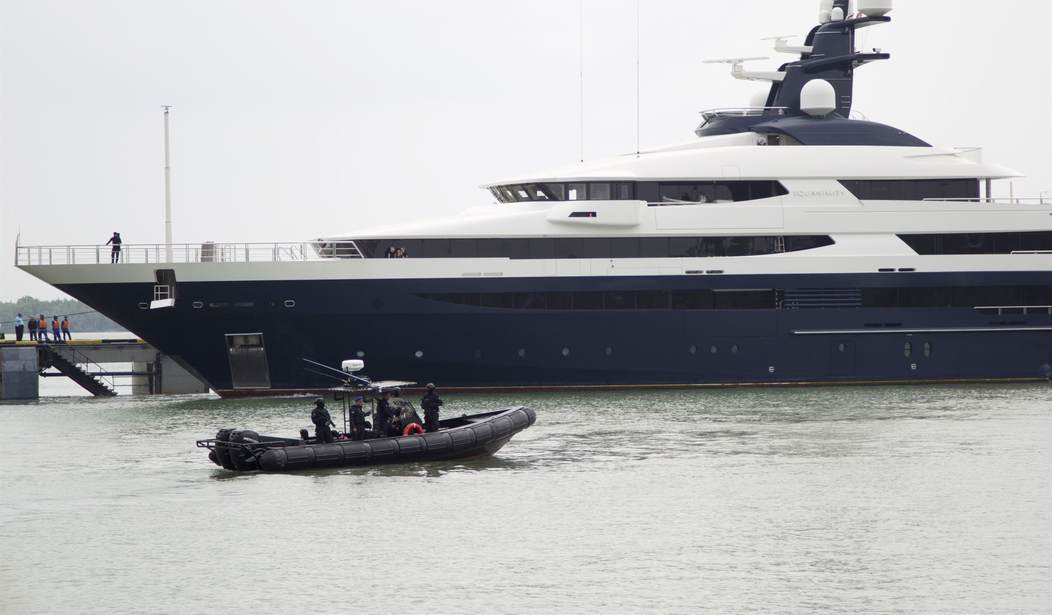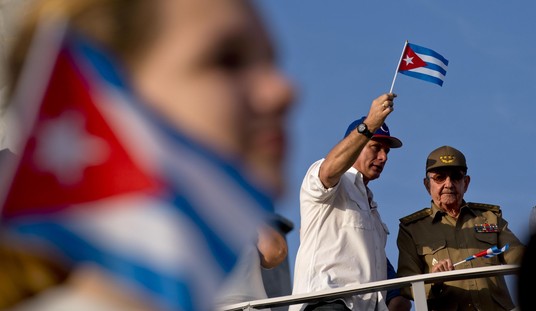It's only been a week since the Bayesian, a massive superyacht, sank suddenly off the coast of Italy during a storm. The Italian Coast Guard managed to rescue 15 people, but seven others died in the event. Among the lost were British tech entrepreneur Mike Lynch and his 18-year-old daughter. But in a strange twist of events, James Cutfield of New Zealand, the boat's captain, is currently under investigation and may end up facing charges of negligent homicide and negligence in navigation. That seems almost unreal, at least to an old sailor like myself. But perhaps as the investigation continues, it will make more sense. (People Magazine)
The captain of the sunken Sicily yacht is under investigation after seven people died in the tragedy, per local reports.
The Bayesian — a 183-foot-long superyacht — is said to have sunk quickly on Monday, Aug. 19 around 5 a.m. local time off the coast of Porticello after what the Italian coast guard called a “violent storm.”
Authorities have said that 22 people were aboard, including 12 passengers and 10 crew. Fifteen people were rescued and authorities have since identified the seven people who died.
Per Italian news agency Ansa, the boat's commander, James Cutfield, 50, of New Zealand, is now officially under investigation for "negligent shipwreck and multiple counts of negligent homicide."
As any experienced sailor will tell you, the captain of a vessel bears the full responsibility when something goes wrong, even if he was asleep in his cabin at the time. But before we start holding people accountable, we need to be able to determine if there were preventable errors taking place, the avoidance of which might have produced a better outcome. We should also note that a 184-foot-long yacht displaces a lot of water and it would require one of two things to send it below the waves. One possibility would be some massively crippling damage (or sabotage). The other possibility is a devastating weather event out of the blue.
The second possibility still may turn out to be the culprit. The event in question has already been described by naval analysts as "a black swan event." It was believed, at least initially, that the sudden violent storm that overtook the Bayesian had generated a massive waterspout, which is essentially a strong tornado that forms over open water. If the crew had been unlucky enough for such a twister to pass right over the deck, it could have dumped a massive amount of saltwater down on the ship too quickly for it to be channeled away. All of the survivors are in the process of being interviewed. If they were hit by a waterspout of that size, they would probably remember it. If that's the case, it's difficult to blame the captain for the results of what worked out to be essentially the Finger of God.
But perhaps that wasn't the case at all. The captain has been questioned twice already by investigators. The questions reportedly focused on the position of the keel, whether the hatch was open, and when an alarm was raised as the storm intensified. If there was no waterspout, a storm at sea of that magnitude would be hard-pressed to cause a ship of that size to flounder if all of the watertight apertures were sealed and it was being steered correctly. (You need to point the bow into large approaching waves and ride the crest rather than allowing the wave to crash into the vessel amidships.) Based on the questions being raised, they aren't even sure if the main hatch leading below the deck was closed. If they hadn't even managed to take those precautions, the yacht could have rapidly taken on water, become top-heavy, and floundered. If that is revealed to be the case, then Captain Cutfield could indeed be found culpable.
The timing of the crew's response to the crisis is also being called into question. During the Captain's second interview, investigators reportedly walked through "the approximately 32 minutes that passed from when the sailboat began taking on water to the firing of the first distress flare at 4:38 a.m." That's an awfully specific window of time. If the yacht was already taking on water shortly after four in the morning, that implies that either the hatches were not sealed or at least one of them had failed. The first step for the crew at that point would be to make the ship watertight, which should have already been done. And if the vessel is taking on seawater, you would think that they would deploy flares immediately in addition to sending out an S.O.S. As more details continue to come in, it does increasingly sound as if the response to this disaster at sea was, at a minimum, unforgivably slow. We'll need to wait for the final report and the full contents of all the interviews to know for sure, but something here doesn't sound right.








